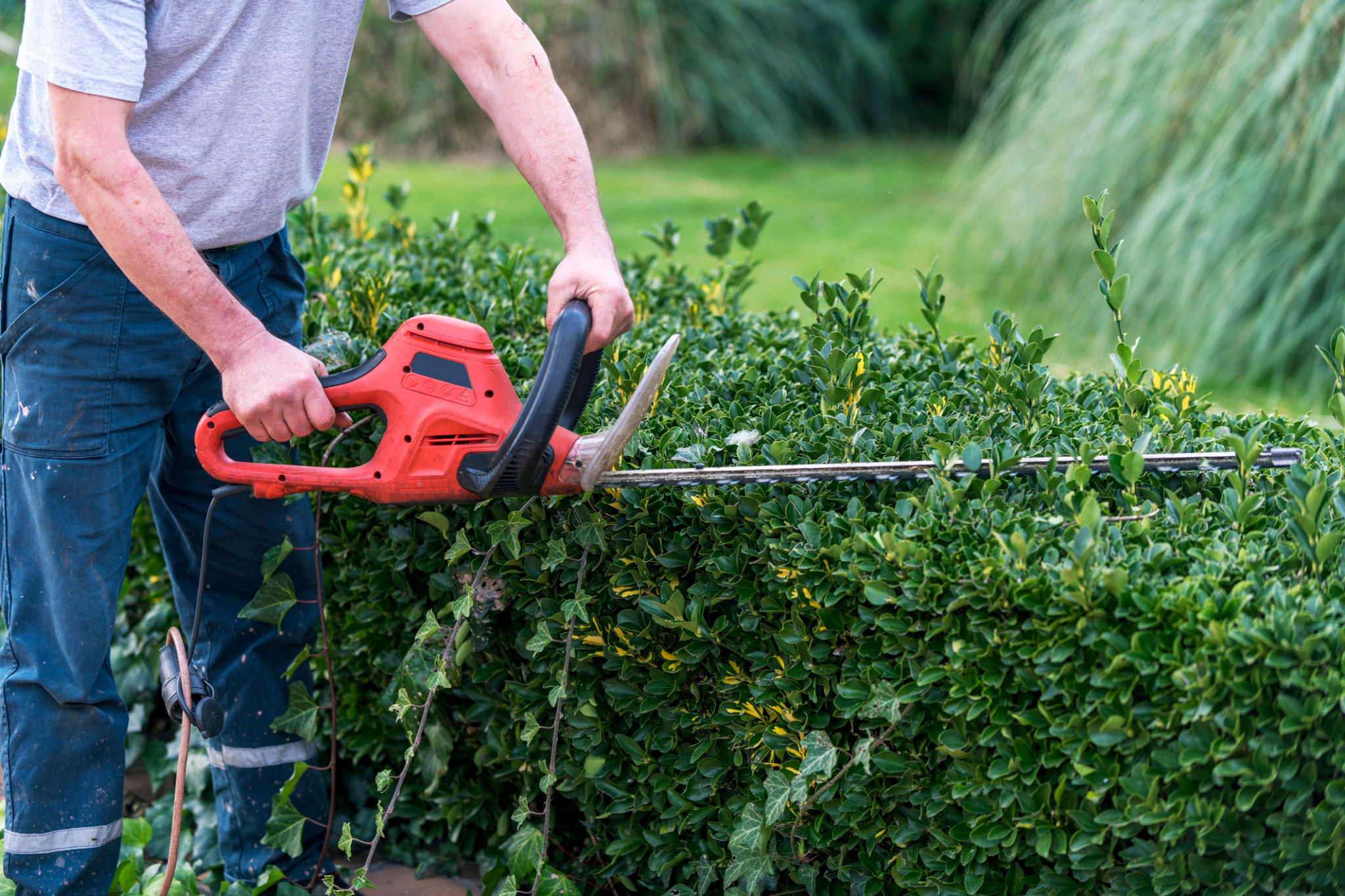Autumn Hedge Pruning in Knutsford: Best Practices for Optimal Growth
The Importance of Autumn Hedge Pruning
As the vibrant colors of summer begin to fade, autumn presents an ideal opportunity for homeowners in Knutsford to focus on hedge maintenance. Proper pruning during this season is crucial for ensuring the health and aesthetics of your hedges. By trimming back overgrown branches, you allow sunlight and air to penetrate, which promotes healthier growth in the spring.
Autumn pruning not only helps in shaping your hedges but also prepares them to withstand the rigors of winter. Keeping your hedges well-maintained will enhance the overall appeal of your garden and contribute to a thriving landscape.

Timing Your Pruning
When it comes to hedge pruning in Knutsford, timing is everything. The best period for autumn pruning is typically between late September and early November. This timeframe ensures that your hedges recover quickly from any cuts before the first frost arrives. Pruning too late in the season can leave your plants vulnerable to cold damage.
It's important to monitor the weather conditions as well. Aim for a dry day to prevent moisture from causing fungal infections or diseases in the freshly cut branches.
Tools and Techniques
Equipping yourself with the right tools is essential for effective hedge pruning. Key tools include sharp shears, loppers, and a pruning saw for thicker branches. Sharp tools make clean cuts, reducing the risk of disease and promoting faster healing.
- Shears: Ideal for small to medium branches.
- Loppers: Useful for thicker branches up to two inches in diameter.
- Pruning Saw: Best for large branches or significant reshaping.

Proper Pruning Techniques
Start by removing any dead or diseased wood. This not only improves the appearance of your hedge but also prevents the spread of disease. Next, focus on shaping the hedge. A common technique is to trim the top narrower than the base, which allows sunlight to reach the lower branches.
Always prune back to a lateral branch or bud, ensuring that cuts are clean and at a slight angle. This technique prevents water from settling on the cut surface, reducing the risk of rot.
Common Mistakes to Avoid
One common mistake is cutting too much at once. Over-pruning can stress your plants and lead to reduced growth come springtime. It's better to prune gradually over a few seasons for significant reshaping.
Avoid using blunt tools as they can cause tearing and leave jagged edges. This not only looks unsightly but also exposes your plants to pests and diseases.

Post-Pruning Care
After pruning, it's essential to care for your hedges to ensure optimal recovery. Water them thoroughly if the soil is dry, and consider applying a layer of mulch around the base to retain moisture and protect roots from harsh winter temperatures.
A light application of fertilizer can also benefit your hedges, providing nutrients that support recovery and growth. However, avoid high-nitrogen fertilizers late in the season, as they can encourage new growth that may not withstand winter conditions.
